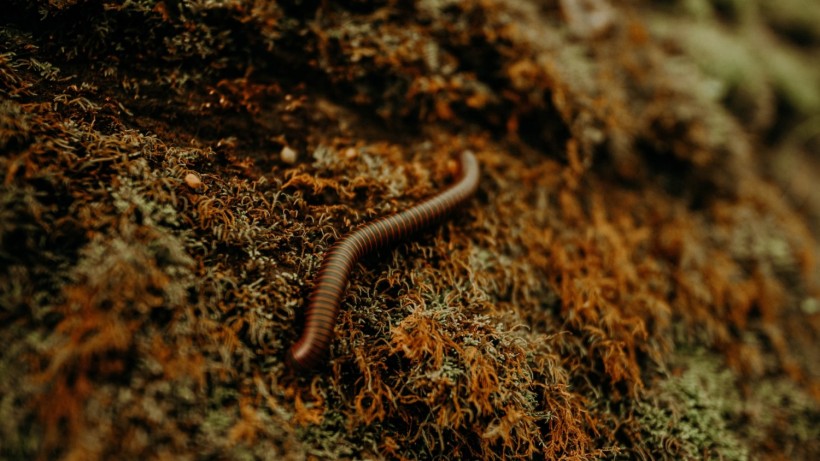Scientists have just recently discovered three rare marine worm species that have a unique glow-in-the-dark intrinsic feature. Because of their resemblance to folkloric demons, they have been named after ancient evil spirits.
Worms With Ghostly Glow
Exciting news in #bioluminescent research! We described three new species of bioluminescent Polycirrus worms. This paves the way for future bioluminescent research and provides insights into the evolution of this fascinating phenomenon. Check amazing footages from below… pic.twitter.com/VvyYHdiiOo
— Manabu Bessho-Uehara (@Parapriacanthus) March 29, 2023
Live Science reports that the species have now been named Polycirrus ikeguchii, Polycirrus aoandon, and Polycirrus onibi. These findings were reported in the Royal Society Open Science journal.
As per Popular Science, these creatures are known for their bioluminescence. Naoto Jimi, the study's lead author and a marine biology assistant professor from Nagoya University, says that bioluminescence is a treasure trove that contains unusual and intriguing chemistry. Jimi adds that knowing the mechanisms at work behind them can help in medical and life science research.
The researchers plan to use these findings to learn more about the phenomenon's molecular nature. They hope to have it applied to more developments in technologies for life science.
The marine worms exude purple and blue luminescent glows that make them appear like atmospheric ghost lights or "will-o'-the-wisp" in the evening. The authors also suggest that they may have served as a source of inspiration for folklore about yokai, or Japanese demons.
Behind the Names: Japanese Folklore About Ancient Demons
As per Live Science, the species' names are inspired by folklore in Japan.
Aoandon, for one, refers to human terror incarnate. It results from the mixed fears of groups of individuals that pooled together to share ghostly stories close to blue-paper lanterns. According to the superstitions, in the course of the story, the lantern slowly gets put out. The pale blue light dims then, showing a demonic woman's apparition. The woman wears a white kimono and has blackened, sharp teeth, horns on her head, and hand claws.
On the other hand, onbi, or demon fire, is a yokai that is a will-o'-the-wisp type. It is like a small, floating ball of light that shows up in remote forests and mountains. They allegedly lead clueless travelers astray.
Lastly, there is ikeguchi. It is the only name that is not based on ancient Japanese tales. Rather than this, the name pays tribute to the Notojima Aquarium's former director, who helped in the worm's discovery.
The Polycirrus species are also named for their tentacles. These parts sprout out of the creatures' mouths and allow them to look for food by sifting through water sediments.
They belong to an animal family called bristle worms, which are typically found in shallow areas of streams and rivers in Japan. Bristle worms go way back, dating to at least 505 million years ago. Live Science notes that they have lived through all five mass extinction events that the earth faced. This animal genus gets its name from its coarse and occasionally toxic bristles.
RELATED ARTICLE: Worms May Function as Drugs for Certain Diseases Depending on Patient's Metabolism
Check out more news and information on Animals in Science Times.















